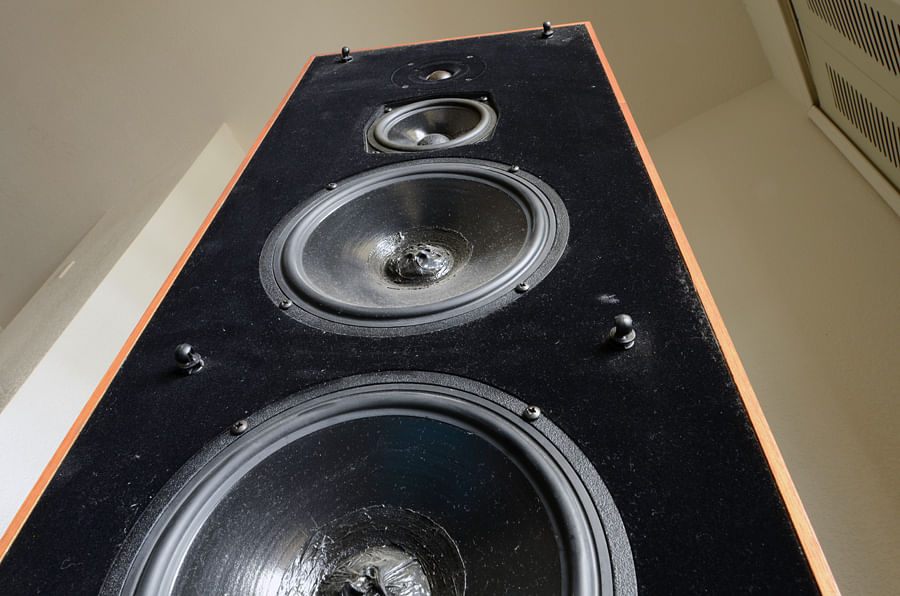
Out in the market to buy a pair of loudspeakers? With the choice available these days, it could be rather confusing.
Things were simple back in the day. It was just stereo (two-channels, left and right) speakers. Philips speakers were the thing to own for people who loved to listen to music on a good system. Then along came Indian brands like Sonodyne and Cosmic.
Cut to the present. From a few thousand to about Rs 26 lakh, one is spoilt for choice while buying speakers. The best of brands – Bose, KEF, Polk Audio, Wharfedale, Taga, Mission, Morel, Dynaudio, Quad, Boston Acoustics and several others – are available in the market. And with a few opinions from people thrown in, narrowing down a pair of speakers can be difficult.
In this day of digital signal processing, there are still a lot of audiophiles who like to enjoy the no-frills stereo sound on vinyl records or compact discs.
The ideal starting point is the budget. Once a budget is fixed, it gets easier to narrow down the options and finally pick one. Quite often, one might end up spending a little more than intended but something like four or five thousand more might be worthwhile. This is because two-channel speakers can be used for a long time. This is unlike buying the latest LED TV or home theatre receiver, both of which are heavily dependent on digital electronics technology. Even today, a good pair of speakers can be used for several years without the technology becoming outdated.
Broadly, there are two types of speakers – bookshelf and floorstanding. Bookshelves are small boxes that can be placed on shelves or speaker stands. Floorstanding (also called tower speakers) are tall speakers that have to be placed on the floor.
In general, tower speakers are better. Cutting out the technical jargon and science, it will suffice to say that big boxes produce better sound because low frequencies or bass (sound from percussion instruments for instance) need a bigger box.
A bookshelf usually has smaller drivers (what one sees on the front of the speaker that produces sound). Drivers that are smaller usually tend to have less impact when it comes to bass frequencies. For instance, the thump of a kick drum may not be so deep and impactful in a bookshelf speaker. In such a scenario, a subwoofer might be needed if one likes thump-in-the-chest sound. Bookshelves are a good idea if the listening area is small and the speakers need not produce a lot of sound to fill the listening area.
Floorstanding speakers are designed to produce more impactful sound. They will have dedicated drivers to reproduce low, mid and high frequencies. Sometimes, they might have two drivers for low frequencies. This results in the percussion and the beats sounding great.
Audiophiles and serious music listeners will prefer floorstanders simply because they reproduce music far better. Quite often, they will also have dedicated rooms for music listening.
Of course, it is not a general rule that all floorstanders will be better than bookshelf speakers. For instance, a bookshelf speaker costing a lakh of rupees will outshine floorstanders that cost about half of that. The reason that expensive bookshelves will sound better is that they are engineered better and premium parts have been used.
Whether they are bookshelf or floorstanding speakers, it is best to listen to them extensively before making the purchase. It would be a good idea to carry along a few CDs that one listens to frequently. This way, it is easier to judge how good the speaker sounds.
A speaker might sound very good in a store but not that great at home. The probable reason is that audio electronics showrooms have acoustically treated rooms, while your house may not. Acoustically treating a room is totally an individual choice because it can be expensive.